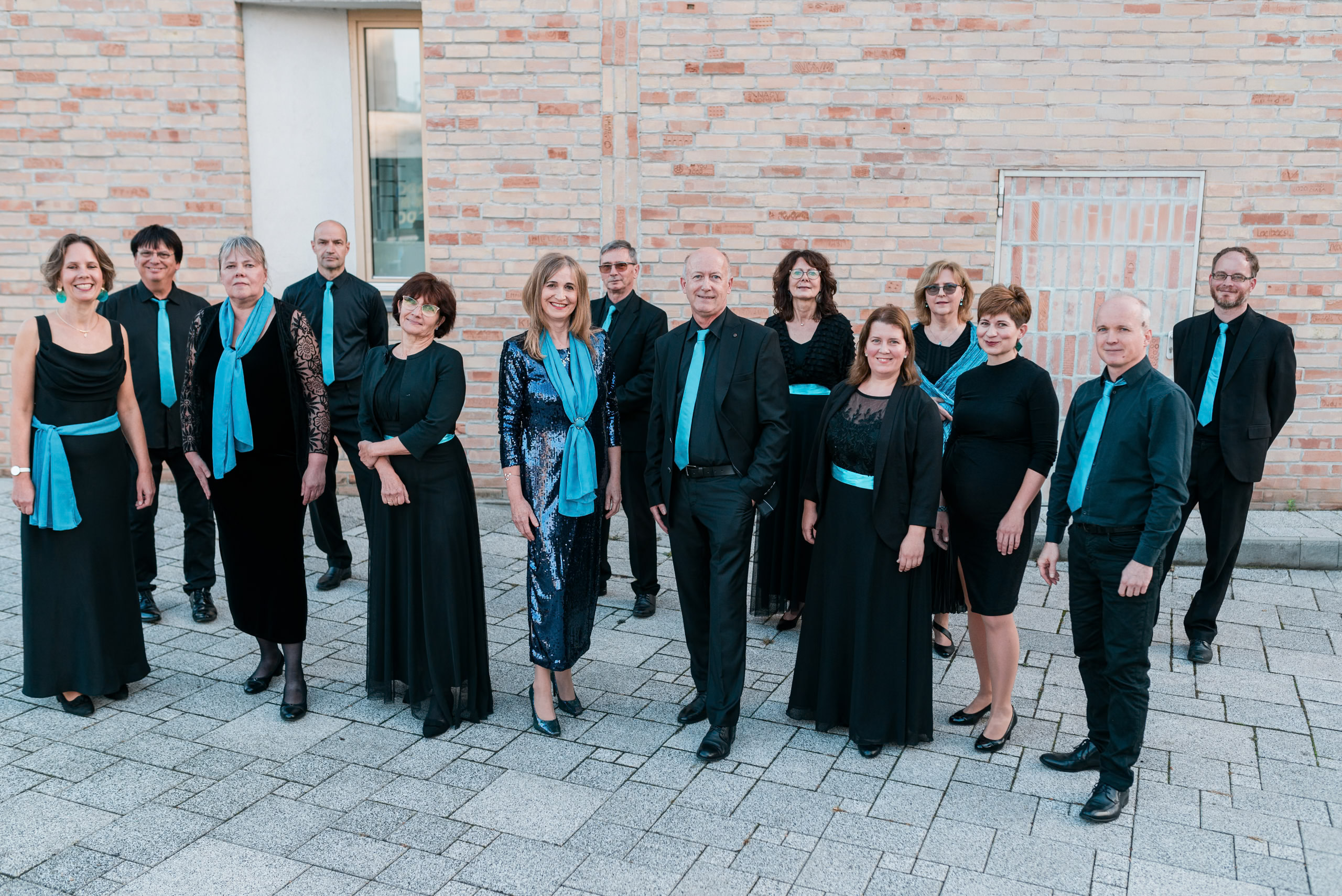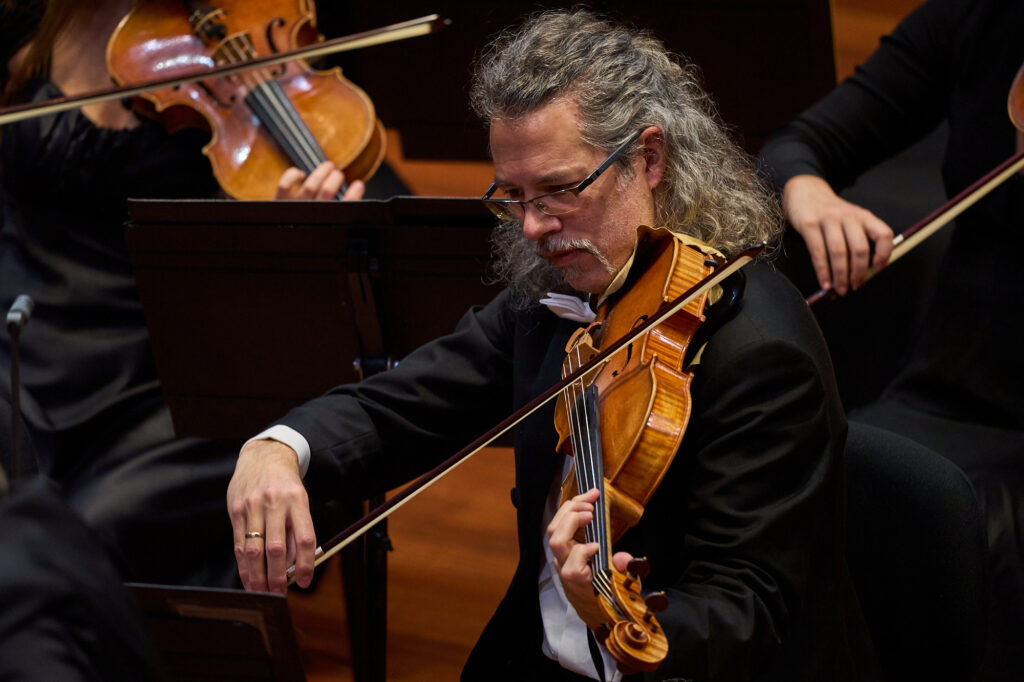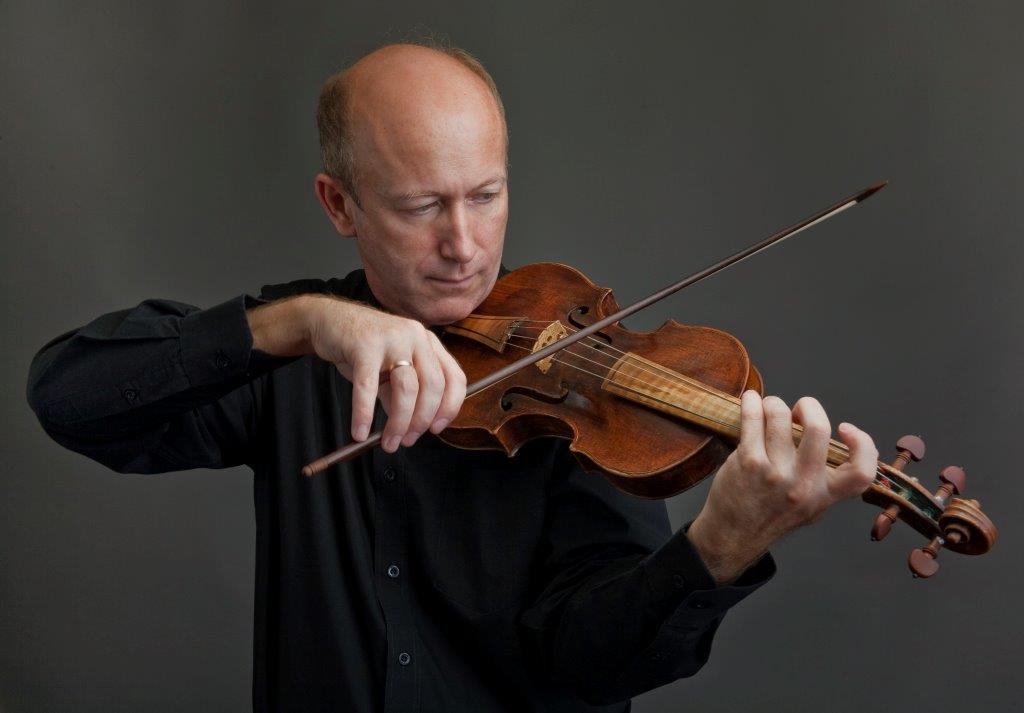From the second half of the 1760s onward, Haydn’s duties multiplied: with the death of his predecessor, organising the church music life of the court also became his responsibility, not to mention that the new Prince, Miklós I, enjoyed both symphonic and chamber music and had a new modern castle constructed in Eszterháza, which included an opera house and a marionette theatre. During celebrations often hosting royal and imperial personages, Haydn had to work as if he was an engineer and the captain of an ocean liner in one person.
Furthermore, the operation of the opera house was significantly different from the usual arrangement as the programme primarily followed the taste of the Prince, who enjoyed hearing his favourite pieces quite frequently. Haydn thus not only had to regularly organise the performance of works by fashionable authors, but he also had to refresh his own pieces quite often, depending on the whims of his employer. His opera titled L’isola disabitata (The Uninhabited Island), composed for the lyrics of Metastasio, was first presented in 1779 for Prince Miklós’ name day. No matter how attractive the theatre was, symphonies also represented frequent and visually impressive entertainment, which soon made Haydn famous across Europe. The piece with the nickname ‘The Hen’ was one of six compositions that the artist wrote between 1785 and 1786 to satisfy an order from Paris. Besides overtures and symphonies, the genre of concerto also comprises the beautiful Sinfonia Concertante by Mozart, created in the same year when Haydn’s opera was first performed, where the violin and the viola perform dialogues not only with the orchestra but each other as well.







